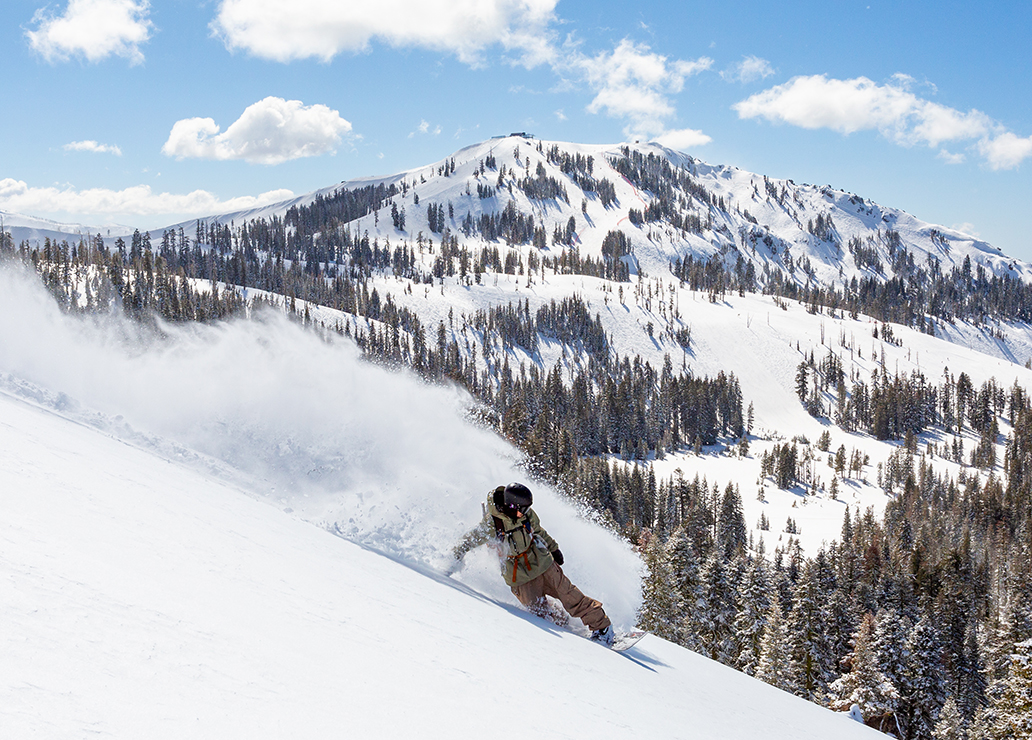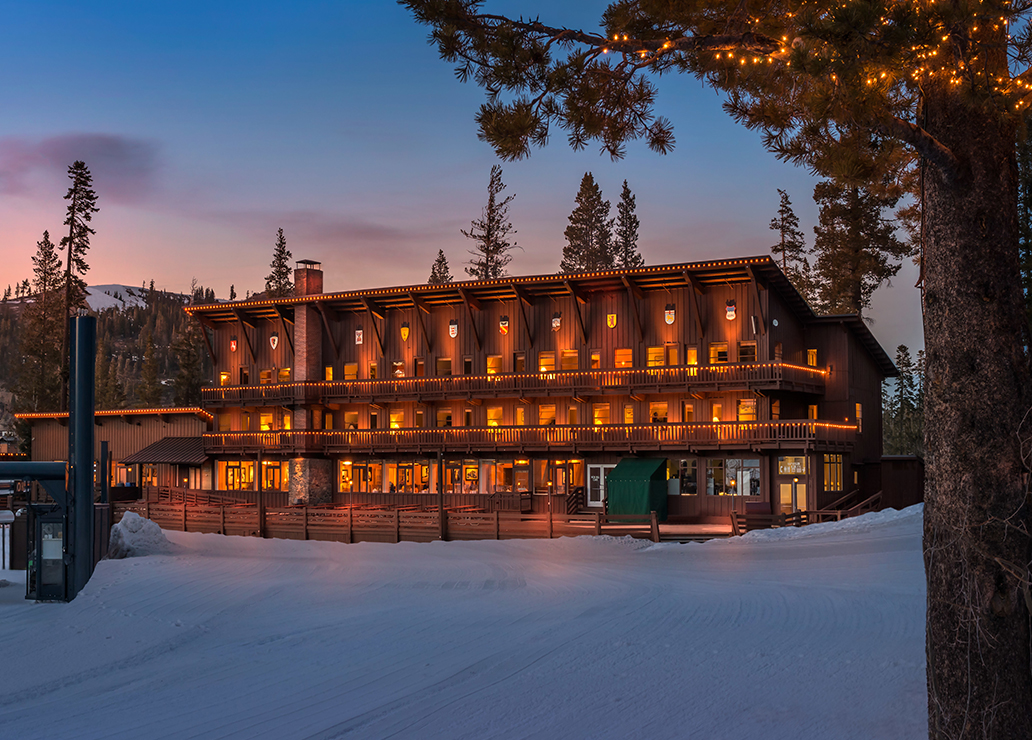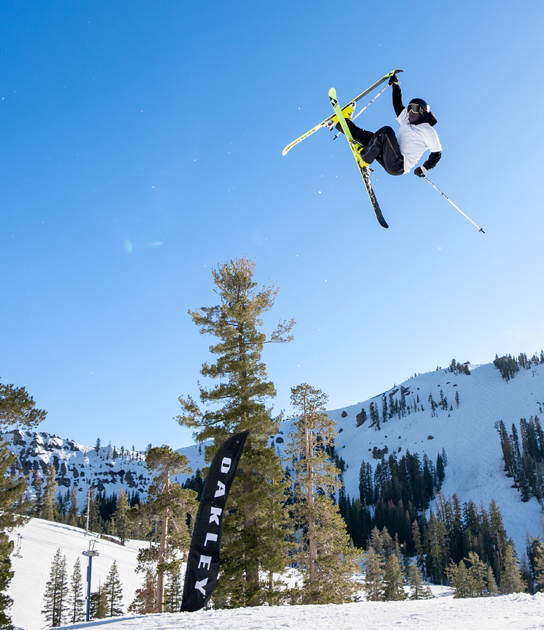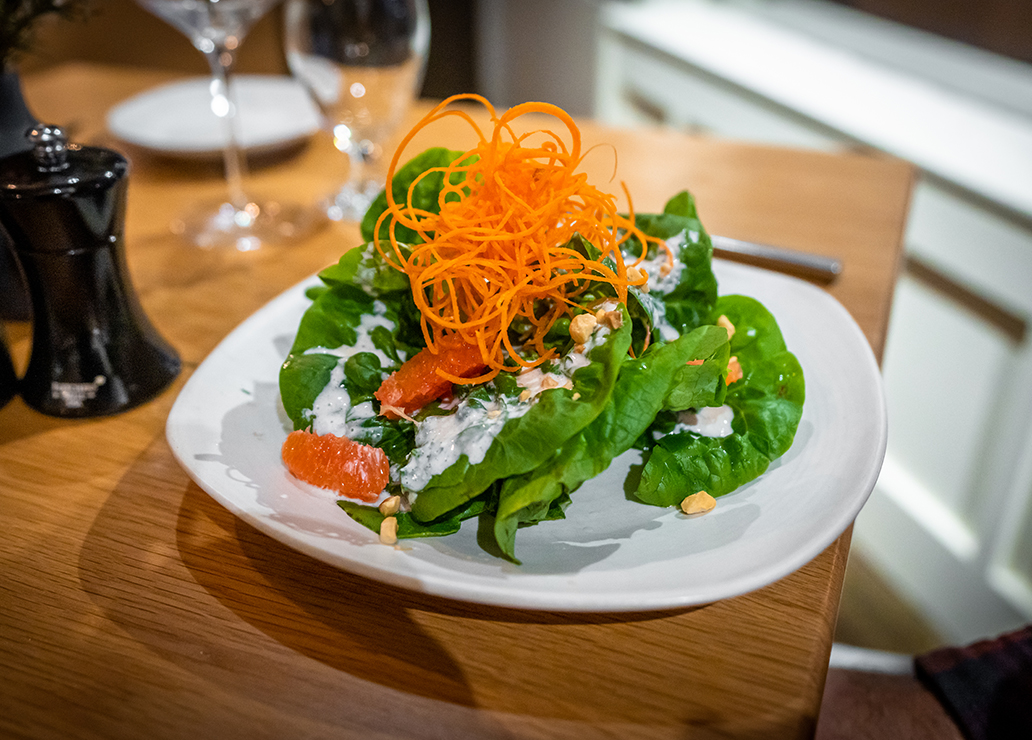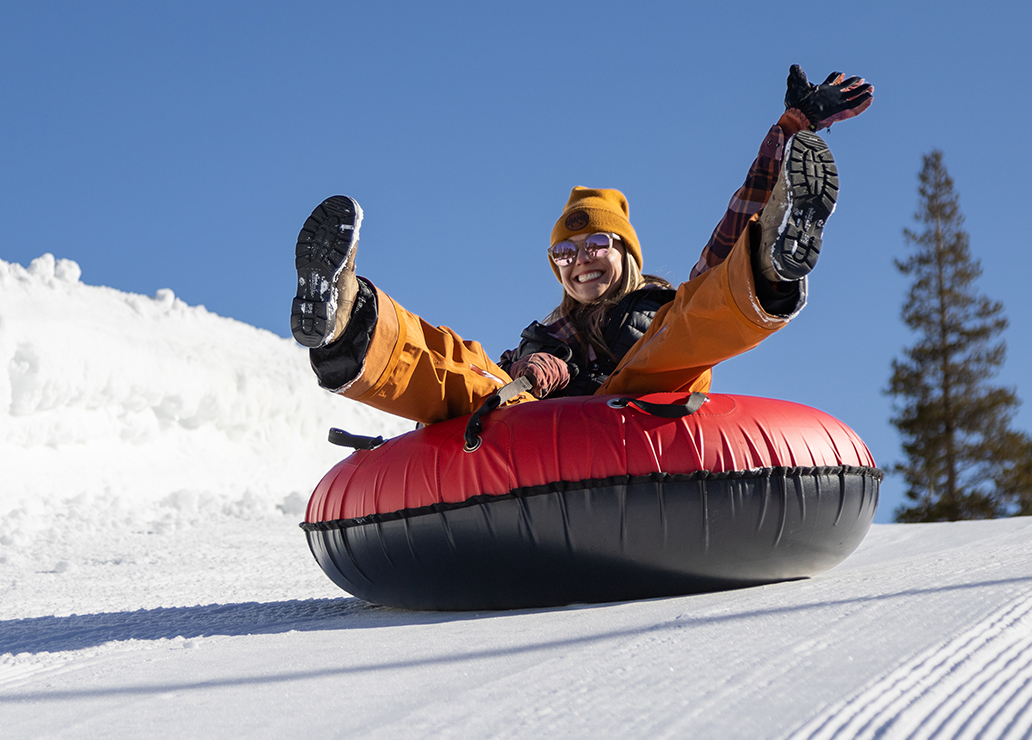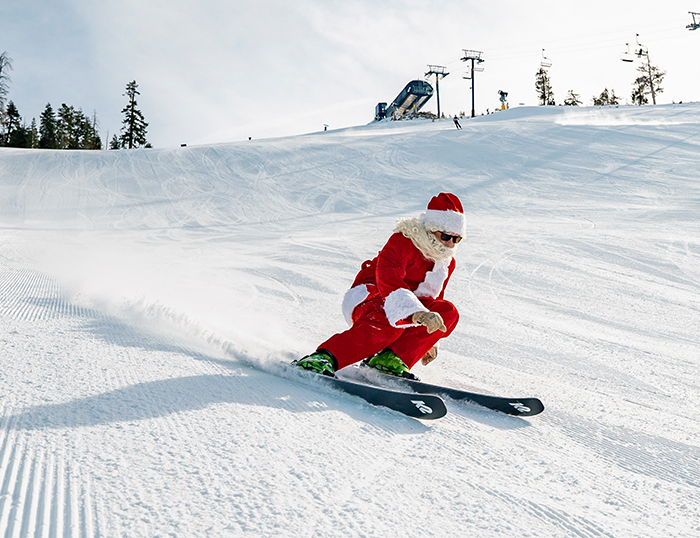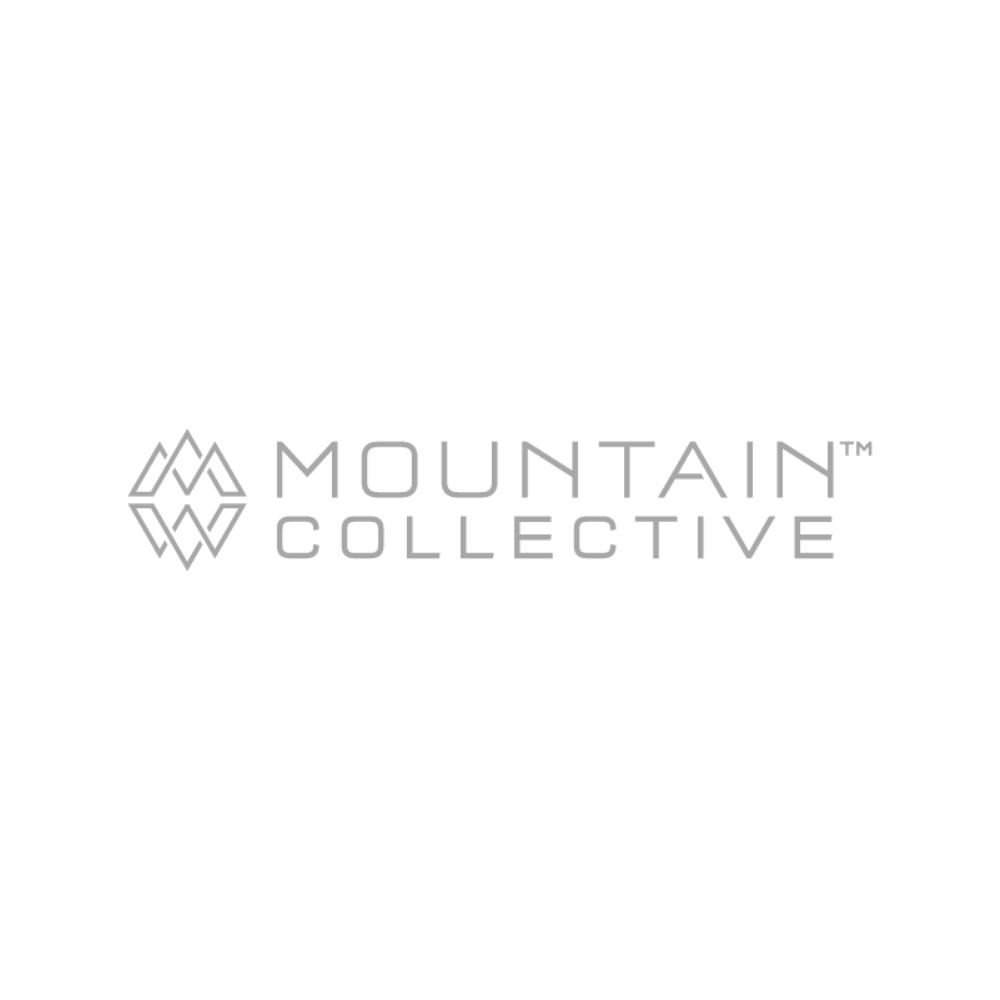The Silver Belt Returns
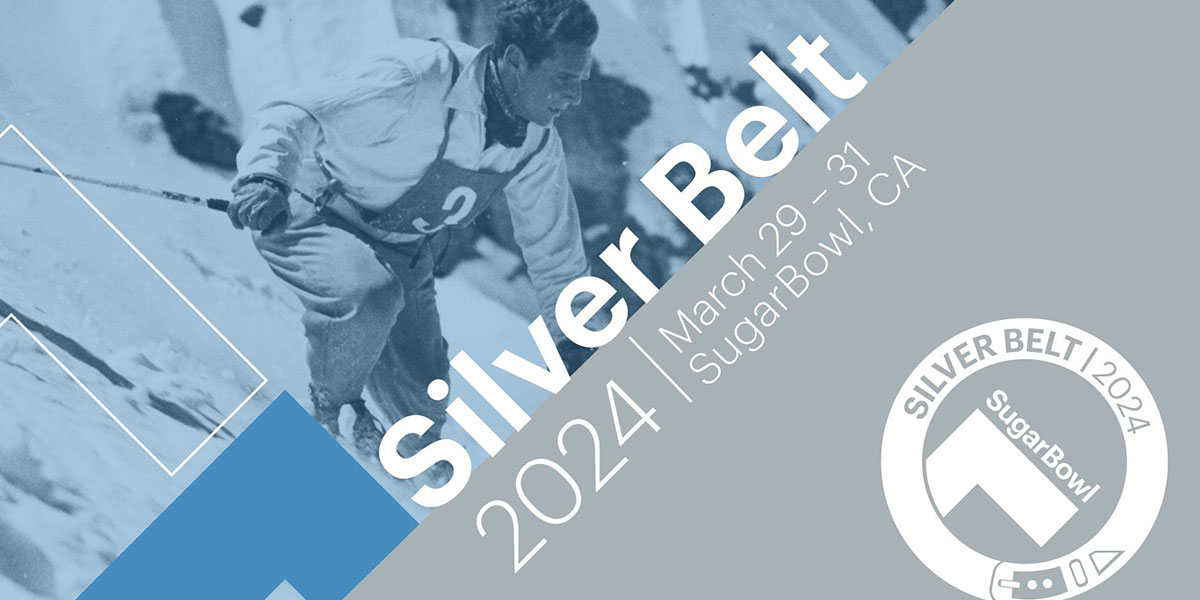
History
From 1940-1975, The Silver Belt Classic was one of the top skiing events of its time. Spring would roll around and skiers from around the world would make the trek to Donner Summit to take on the giant slalom course on Mount Lincoln. There were not grooming machines at this time, so the course was whatever the mountain had to offer. The race course ran between rocks and trees, down gullies and chutes, to the right of where the current Lincoln chairlift is as you look going up the lift.
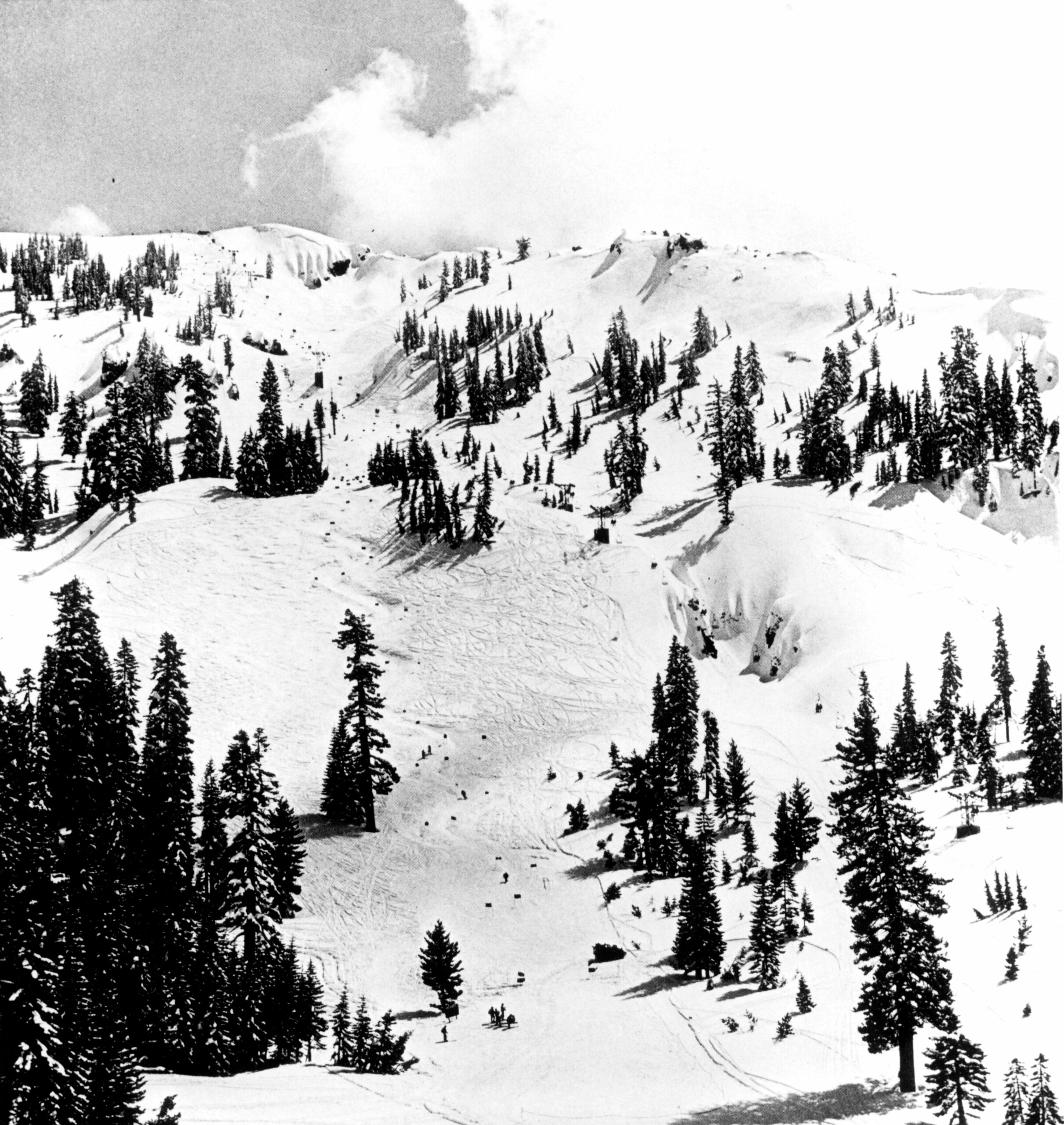
Picture skis that were made of long wooden planks (very different from the nimble skis of today) pointed straight down 1,300’ of vertical terrain. Skiers would use the natural terrain Sugar Bowl offered to test themselves and see who had the grit and talent to take home the prized silver belt. At the time, it was the most difficult race in California and the fifth most difficult in North America.
The winner got to claim a coveted silver-studded belt that had a silver buckle, a tradition that originated at a popular longboard race held in the 1850’s by miners in nearby Plumas County.
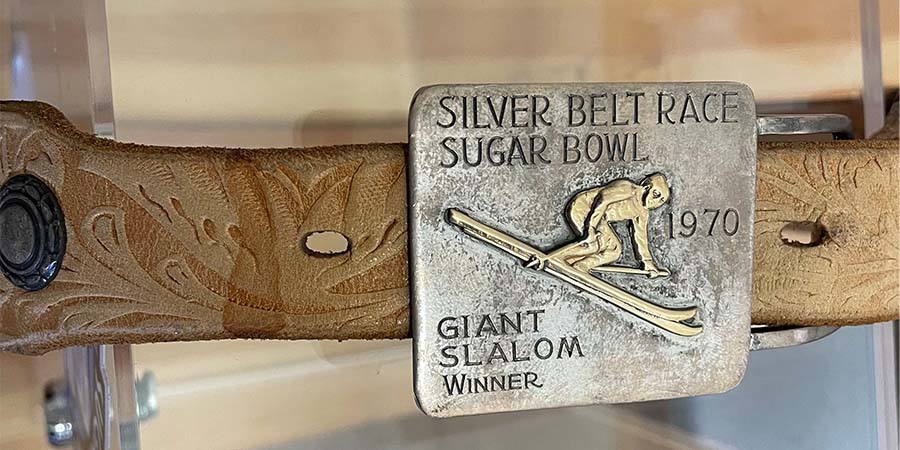
A 1948 issue of Western Skiing Magazine described the course as a, “straight schuss, then a check and a gate, winding up in a final schuss down near the vertical steilhang to the finish gate that curdled the blood of most of the spectators and half the racers.” For 35 years, the Silver Belt Classic was one of the most challenging ski races around, hosting Olympians at the start line, including Starr Walton, Billy Kidd and Phi & Steve Mahre.
This course style was very European and hadn’t yet been seen much in America, making it that much more unique to the area. Bill Klein was most often the one to set up the course, usually with the help of some competitors and locals who would boot pack certain sections of the run.
To compete was by invitation only, and the race was only part of the fun. The Silver Belt was a host of celebration and games. Traditionally, the evening before the race was full of people making bets on who would win the race. And post- Silver Belt, people would gather to play a game of softball on skis. Many of the local homeowners would open up their homes to put up racers and spectators. Silver Belt made a name for itself in the ski history books, and brought folks from all over the world together in celebration.
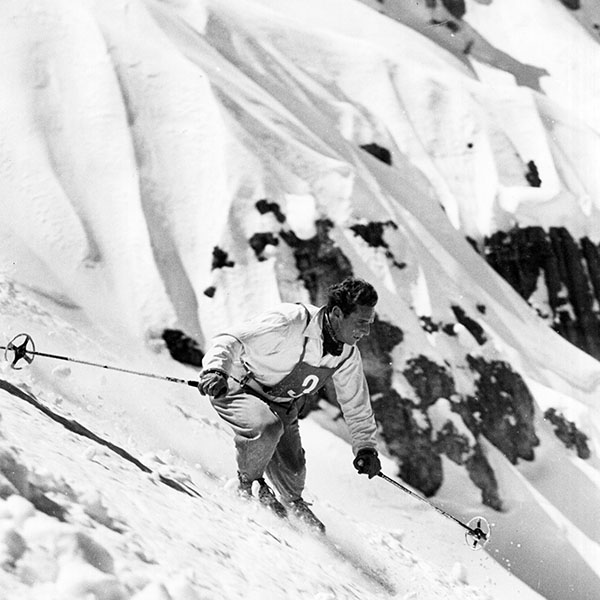
The Return
The Silver Belt has an iconic history, and it’s making another return. From March 29th-31st 2024, Sugar Bowl will host top ski athletes from around the world to compete in an evolved Silver Belt. This fun and innovative freeride competition will showcase the way today’s skiers are approaching the famed Silver Belt Gully.
Fifty athletes including top ski pros, wild cards and local legends will be invited to compete in a film-based competition, judged by the athletes themselves. Day one the athletes will be join a peer-judged freeride session utilizing all the amazing terrain in the Silver Belt Gully.
Days two and three introduce a new concept: ShapeShifter. The athletes will identify natural features, such as hips, cliffs and spines to be shoveled, shaped and shifted into a natural terrain park. Once the work is complete it’s show time once again. Cameras roll as the athletes take to the transformed playground, showcasing their skills in yet another breathtaking competition, with their peers serving as the ultimate arbiters of greatness!
Get ready to witness history in the making as the Silver Belt pushes the progression of freeride. It’s not just a competition; it’s a celebration of innovation, skill, and progression that will inspire you to take to the mountain. We look forward to writing the next chapter of the Silver Belt legacy.
Thanks to our partners Atomic, Arc’teryx, Soundboks, Yeti, Oakley, Mons Royale and GoPro.


